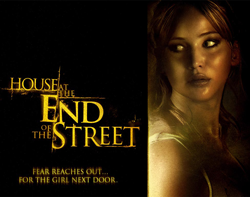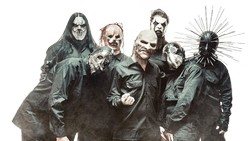Since March of this year, the whole world has been turned upside down. So many of the things we love to do are now changed, maybe forever. Restaurants were only allowing people to eat outside. This was great in the summer, but now as we reach fall and winter, it may not be as desirable.
Concerts were all canceled and small venues were closed. Another option for concerts has been the livestreaming option. Artists can use social media or other streaming services to broadcast their shows to a big audience, but everyone can stay right in their homes- maybe even in their pajamas. Will this become the new “normal?” Do people even have interest in watching livestreams of concerts, let alone paying for these?
The New York Times wrote a story in July, examining the changing world of concerts. At this time, there were many examples of artists who had used the Instagram platform and the “live” feature to broadcast some music to their fans. It was a more casual feel, where artists were just strumming a guitar and singing. After more casual broadcasts, though, there is the question of concerts in a more traditional way- big stage, lots of lights, back up dancers, the works.
There are some services providing more realistic concert experiences, such as Topeka, who allowed 150 fans an interactive, front- row seat experience for $150. The same article calls the experience for performers “disorienting” because they can’t hear the crowd cheering or singing along. Even though the experience for both artists and fans is not the conventional one everyone is used to, there are technological advances that may help the experience, especially if this becomes our new normal.
An Insider article discusses a similar issue where artists want to connect with fans through their music, as they have been able to in the past. There are even examples of artists using these technologies to host fundraising concerts over streaming. Most of these proceeds now are going to different COVID-19 relief funds.
David Guetta held one on May 30 broadcast from New York City, raising over $128 million for charities. He also held a second one broadcast from Miami. These events are now up on YouTube for those to watch if they missed it.
Billboard has provided a list of artists who will be doing live-streamed concerts in the upcoming days and weeks for anyone interested in seeing them. The list will be updated as more continue to be announced.
Lollapalooza, one of the largest music festivals in the world, offered a free four-day livestream on their website. Using archival footage from previous years, over 150 sets from popular artists were able to be watched. Lollapalooza co-founder Marc Geiger has estimated in-person concerts won’t return until 2022. The livestream might be here to stay for a while.
This has allowed artists to get creative with livestreaming. The Dropkick Murphys held one back in May, broadcast from Fenway Park in Boston, MA. This concert featured Bruce Springsteen as a guest. Free to attend, viewers were invited to donate to two charities: Habitat for Humanity and The Boston Resiliency Fund.
Apps like Discord and Twitch have become prominent leaders in the livestream market. According to StreamElements, 9.3 billion hours of gaming were streamed on Twitch in 2018- 2019. YouTube, Facebook, Instagram Live, Zoom, and Livestream are other notable websites make streaming easy for artists.
With all of that said, are livestreams worth it? And how do you monetize it?
Asking students for their opinions on the topic yielded some very interesting answers. 61 percent of people who answered said they would not be interested in live streaming a concert or paying for some kind of broadcast. Most of the reasons were related to The New York Times article, where fans felt like they would have no real connection to the artist. One respondent said, “Energy is in the crowd. If there’s no crowd, it’s pretty much watching a music video.”
Another respondent said, “I pay for a concert for the in-person feeling.” A third who voted they would not go to a broadcasted concert said, “There’s so much free content on YouTube. Part of the fun of a concert is going to see it live.”
Generally, people around college age seem to like the actual concert feel—the crowd’s energy, connections with other fans, and the artist and the atmosphere.
Hopefully, if we continue to have social distancing regulations, there will be technology that can give fans this experience. Maybe concerts in small groups, or something else that will give off the energy that people are looking for.
Personally, at-home concerts sound great to me. I can wear my pajamas and eat as much pizza as I want. But I do understand the positive concert atmosphere and connection.
IMAGE TAKEN from SweetWater
IMAGE TAKEN from Rolling Stone




